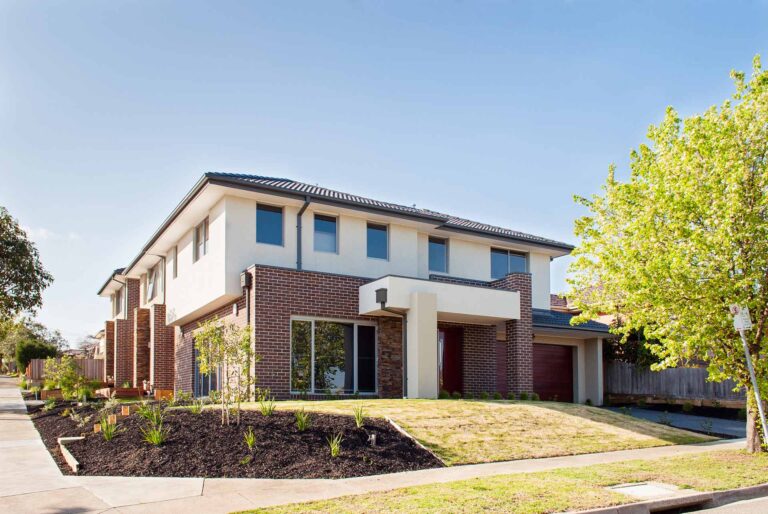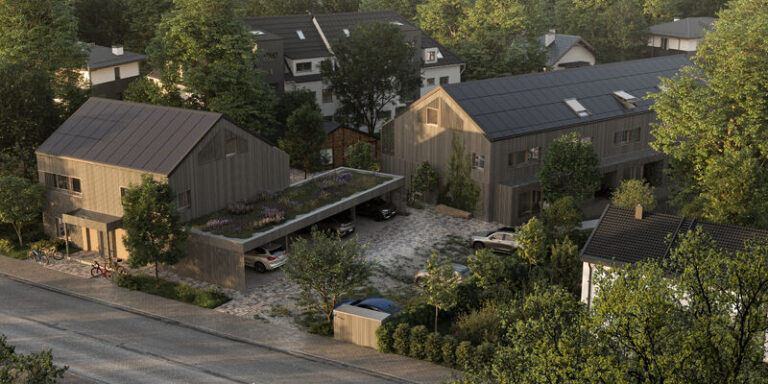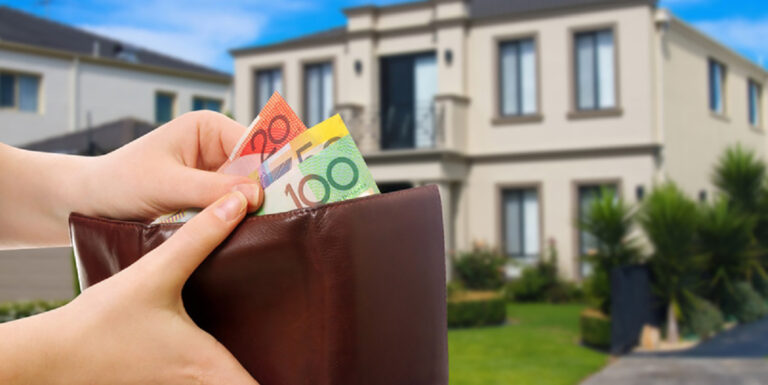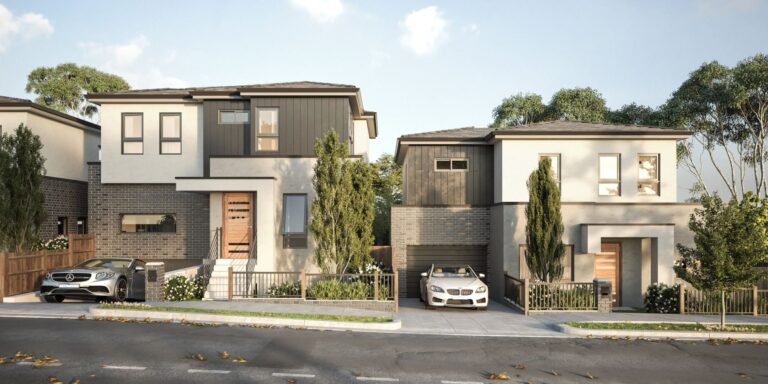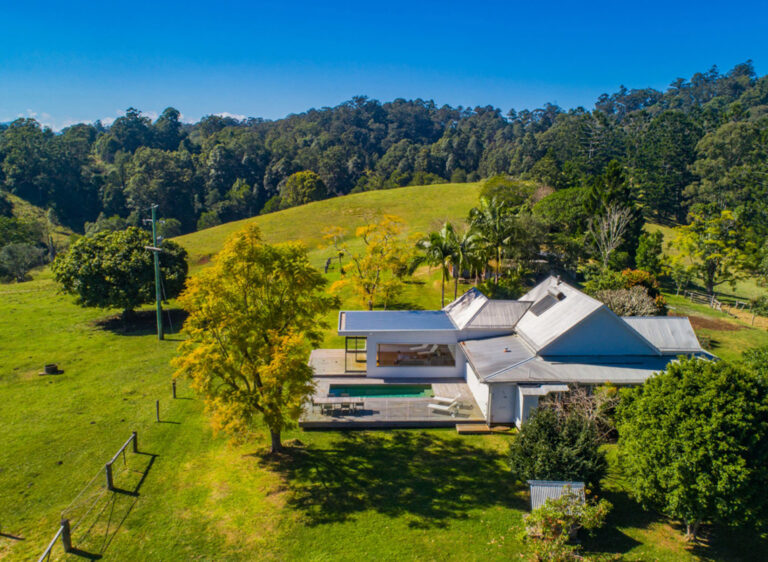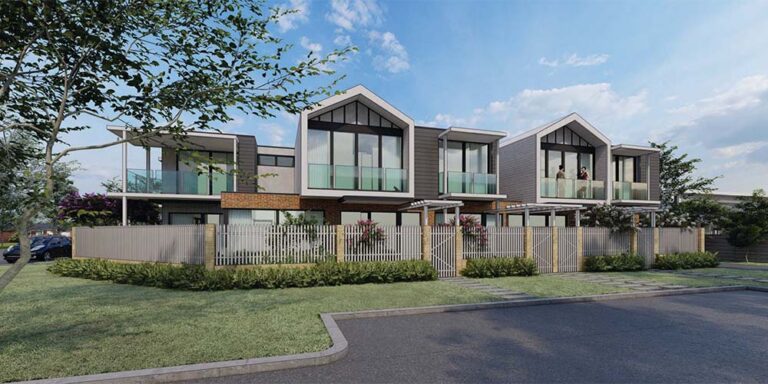Sustainable Housing Trends in Australia: Paving the Way for a Greener Future
Australia’s real estate market is experiencing a profound transformation driven by growing awareness of environmental issues and a demand for more sustainable living options. Sustainable housing is no longer a niche concept; it’s becoming a mainstream priority for homebuyers, investors, and developers alike. Here’s a closer look at the key sustainable housing trends shaping the Australian real estate landscape.
1. Passive House Design
Passive House (Passivhaus) design is gaining traction in Australia as a gold standard for energy-efficient homes. These homes are meticulously engineered to maintain consistent indoor temperatures, reduce energy consumption, and minimize the need for mechanical heating and cooling. Key features include high-quality insulation, airtight construction, and energy-efficient windows. With rising energy costs and increasing concerns about climate change, more Australian homebuyers are turning to Passive House designs to lower their carbon footprint and utility bills.
2. Solar Power Integration
Australia, blessed with abundant sunshine, is witnessing a surge in the adoption of solar power systems. Installing solar panels has become a popular choice for homeowners looking to reduce their reliance on the grid and cut down on electricity costs. The integration of solar energy storage solutions, such as home batteries, further enhances the sustainability of these homes by allowing residents to store excess energy for use during peak times or at night. With government incentives and rebates still available, the trend towards solar-powered homes is expected to continue growing.
3. Water Conservation Technologies
As Australia faces ongoing challenges with water scarcity, water conservation technologies are becoming a vital component of sustainable housing. Rainwater harvesting systems, greywater recycling, and efficient irrigation systems are increasingly being incorporated into new homes. Additionally, low-flow fixtures, water-efficient appliances, and drought-resistant landscaping are helping homeowners significantly reduce their water consumption. These measures not only conserve a precious resource but also lower utility costs and enhance the value of the property.
4. Sustainable Building Materials
The choice of building materials plays a critical role in the sustainability of a home. In Australia, there is a growing preference for materials that have a lower environmental impact, such as recycled timber, rammed earth, and sustainably sourced bamboo. These materials are not only eco-friendly but also offer durability and aesthetic appeal. Moreover, the use of locally sourced materials is on the rise, reducing the carbon footprint associated with transportation and supporting local economies.

5. Smart Home Technologies
Smart home technologies are becoming synonymous with sustainable living. These systems allow homeowners to monitor and control energy usage, water consumption, and indoor air quality more effectively. Automated lighting, climate control, and security systems can be programmed to optimize efficiency, reducing waste and enhancing the overall sustainability of the home. As technology advances, the integration of smart home systems with renewable energy sources, such as solar power, is expected to become more seamless, offering even greater sustainability benefits.
6. Community-Focused Sustainable Developments
Beyond individual homes, there is a growing trend towards community-focused sustainable developments. These projects prioritize green spaces, shared amenities, and walkability, fostering a sense of community while reducing the environmental impact. Eco-villages and co-housing models are gaining popularity as they promote shared resources, sustainable practices, and social connections. In urban areas, developers are increasingly incorporating green roofs, vertical gardens, and energy-efficient public spaces to create more sustainable and livable communities.
7. Net-Zero Energy Homes
Net-zero energy homes, which produce as much energy as they consume, are the pinnacle of sustainable housing. These homes typically combine passive design principles, renewable energy systems, and advanced energy-efficient technologies to achieve a balance between energy production and consumption. While still relatively new in Australia, the concept of net-zero homes is expected to grow as building standards evolve and consumer demand for sustainable living increases.
8. Regenerative Landscaping
Landscaping is also playing a crucial role in sustainable housing, with a shift towards regenerative practices. Homeowners and developers are embracing native plants, permaculture principles, and edible gardens to create landscapes that not only look beautiful but also support local ecosystems, promote biodiversity, and reduce the need for irrigation and chemical fertilizers. Regenerative landscaping contributes to the overall sustainability of the property and enhances the well-being of its residents.
The future of sustainable housing in Australia is bright, with innovative trends and technologies paving the way for a greener, more resilient real estate market. As awareness of environmental issues continues to grow, so too will the demand for homes that prioritize sustainability, energy efficiency, and a lower carbon footprint. For real estate investors, developers, and homebuyers, staying ahead of these trends is not only a smart financial move but also a crucial step towards building a more sustainable future for all.
Whether you’re looking to buy, build, or invest, understanding these sustainable housing trends can help you make informed decisions that benefit both your wallet and the planet.


